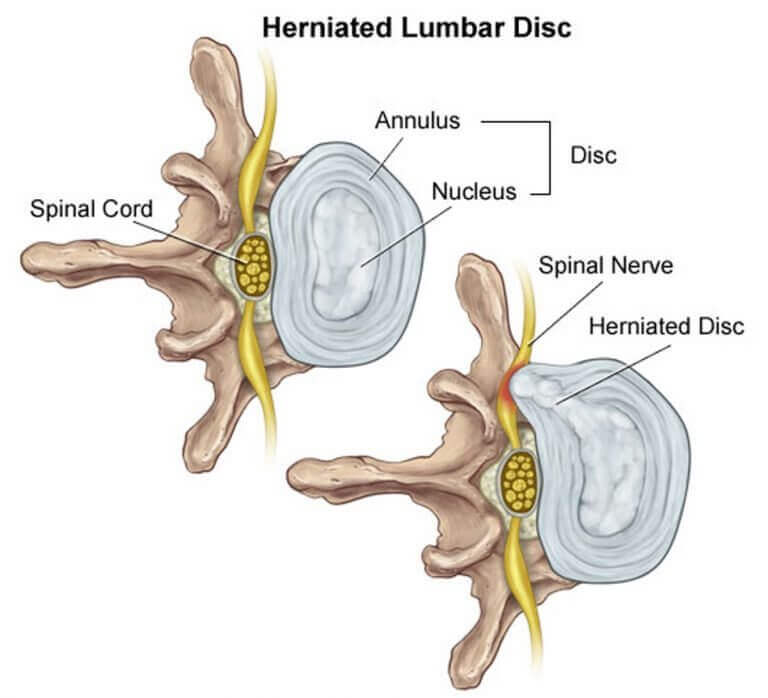In the last blog, I promised that I would point out some not-so-great exercises for the abdominals and show some that are much more spine-sparing, and more similar to the movements we do standing and performing daily tasks, whether those tasks are related to lifting up your kids, participating in sports, or even moving things or your own body around at work.
Much research has been performed on the subject of spine-loading vs. spine-sparing types of “core” exercise. Perhaps the foremost expert on the subject is Stuart McGill, a doctor of chiropractic, and professor at the University of Waterloo in Canada. He often says, “show me a 6-pack, and I’ll show you dysfunction.” Now it must be understood that there is no penalty for having well-toned abdominal muscles, but what he means is that many people “go for” the six-pack as the end game, forgetting about the significant roles of the diaphragm, transverse abdominis, and oblique abdominal muscles. Individuals who are trying to get a 6 pack often spend much of their abdominal routine doing “crunch-type” activities. It is these activities that put a larger amount of strain on the lumbar spine, particularly on the discs, not the mention the lumbar facet joints. Dr. McGill talks often about how the muscles of the hip and legs are to promote movement in various ranges of motion, and how the muscles of the spine (including the abdominal and lower back muscle groups) are designed to resist movement. It is no wonder that issues may arise when we try to use these muscles to create spinal movement repeatedly.
Dr. McGill’s research projects on the lumbar spine and lumbar discs have used lumbar spine samples from human cadavers, which were compressed by a machine, and repeatedly flexed. A counter on each machine kept track of how many compressions/flexion combined movements were required to eventually herniate disc tissue that had begun as healthy. Now while living tissue can heal, scar, and/or regenerate and turn over, given a period of time, it was also observed that there are only a finite amount of compression/flexion movements that an otherwise healthy spine could withstand before having herniated discs in it. Some of McGill’s other studies have had barometric pressure-sensing needles placed into the nucleus pulposus of a disc (see picture), and simulating the type of movement that would occur during a side plank, crunch, side-crunch, sit-up, supine toe-touches, leg raise, and V-up.

It was seen that upwards of 3000-4500 Newtons of pressure were exerted on the tissues during things like sit-ups, crunches, supine toe-touches, and V-ups, whereas plank-type activities were seen to have a much lower force.
I have had many patients in my office for low back pain that will improve greatly with treatment, but will linger as “low back soreness” at times, until I have a conversation with the patient about the details of their work out routines—only to find that the reason the soreness has remained because of certain crunch-based exercises that are doing, and putting undue stress on their low back. Upon elimination of these exercises and/or re-placing those types of things exercises from, say, their P90x videos, with plank-type exercises, or spine-sparing trunk-raises (pictured below), the patients all improve to 100% within a few days. In many of these cases, the reason for their back pain getting so bad may have been because of those exercises.

I also treat a number of high school athletes who have chiseled 6-packs, and do hundreds of crunches per week, but they can’t hold a side plank for more than 10-15 seconds without shaking or dropping below parallel, because they do have not proper lateral chain stability.
So, without going into too much more detail, it is safe to say that eliminating repeated crunch-type abdominal exercises from your routine will likely decrease your low back discomfort, and decrease damage to the tissues of your lumbar spine. I’m not telling everyone out there that they should never do a crunch, or V-up ever again, but I am saying that an overuse of crunch-based exercises and an underutilization of plank and side-plank-based exercises will potentially lead to injuries and less optimal function.

